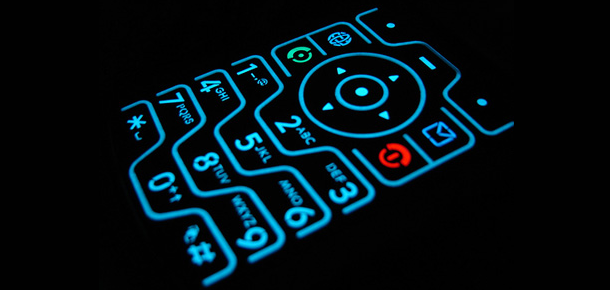On Wednesday, the Associated Press’s Tom Odula reported an interesting mobile development in Kenya. It seems that Francis Kariuki, the town administrative chief of Lanet Umoja, Kenya uses his Twitter account to communicate with people in town, most unconventionally to stop crime.
Kariuki said that even the thieves in his village follow him on Twitter. Earlier this year, he tweeted about the theft of a cow, and later the cow was found abandoned, tied to a pole.
Kariuki’s official Twitter page shows 300 followers, but the former teacher estimated that thousands of the 28,000 residents in his area receive the messages he sends out directly and indirectly. He said many of his constituents, mostly subsistence farmers, cannot afford to buy smart phones, but can access tweets through a third-party mobile phone application. Others forward the tweets via text message.
When a man in his late fifties in Kariuki’s village fell into a pit latrine in December, the village administrator’s tweets mobilized area residents and saved him.
This is good news, not just for the people of Lanet Umoja and not just for Twitter. It’s a sign of the maturation of global mobile phone usage. Similar stories exist from the mid-twentieth century when the telephone was reaching maturation. For example, my mother’s family was one of the few in the area that didn’t have radio or television, so the school superintendent called them directly when school was closed for snow. In the 1970s and 80s, our small church had a telephone “prayer chain” that was periodically used to communicate to all members before the days of answering machines. One person would call three others, and each of those would call three more and so on down the line until everyone was contacted. These innovative uses came naturally, because having a telephone became the norm.
Chief Kariuki has shown that mobile phones are so integrated into the lives of his constituents that leveraging Twitter’s capabilities is the easiest, most reliable, and most effective method of communication, automating a system that has been used for ages. This is a big step for mobile phones, and we should expect to see more of this innovative thinking. According to the Cisco Visual Networking Index: Global Mobile Data Traffic Forecast Update, released Tuesday, mobile usage will continue to expand at a phenomenal rate in coming years, especially in the Middle East and Africa. Consider these predictions from the report:
By the end of 2012, the number of mobile-connected devices will exceed the number of people on earth, and by 2016 there will be 1.4 mobile devices per capita. There will be over 10 billion mobile-connected devices in 2016, including machine-to-machine (M2M) modules-exceeding the world’s population at that time (7.3 billion).
The Middle East and Africa will have the strongest mobile data traffic growth of any region at 104 percent CAGR [compound annual growth rate].
Non-smartphone usage increased 2.3-fold to 4.3 MB per month in 2011, compared to 1.9 MB per month in 2010. Basic handsets still make up the vast majority of devices on the network (88 percent).
On top of that, mobile usage is soon expected to overtake desktop usage in the global marketplace. There’s no doubt about it; mobile service is quickly transitioning from luxury to necessity, as Chief Kariuki is proving. People like him are already finding new and unconventional uses for mobile service that we never imagined before, and it’s fascinating to be a part of it.


[…] just disseminating information, Matt Algren pointed in out in this article about a Kenyan village using the social network that Twitter can be used for powerful and lifesaving purposes. Doctors in remote parts of the […]